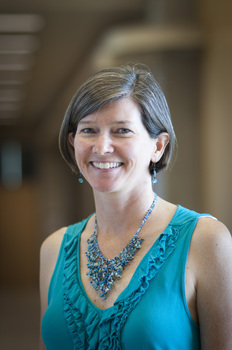Question
I want to know if you have a high palate is it nessecary to have surgery to correct it or will just regular speech therapy correct the problem
Answer
By using the term ''high palate'', I am assuming that you are referring to a ''high-arched palate''. By correcting the problem I am assuming that you are asking about treatment to correct the speech problems (articulation errors) that you feel are related to this condition.
You can find an excellent discussion of this term, ''high-arched palate'', in Cleft Palate Speech, written by Peterson-Falzone, Hardin-Jones, and Karnell (see reference below). I often hear clinicians refer to this term when attempting to determine if various articulatory errors may be caused by this apparent structural anomaly. As indicated by Peterson-Falzone, et al. the appearance of a high-arched palate is a subjective impression based on the clinician's oral examination. This impression may result from the appearance of a relatively high vertical plane of the palate due to abnormal growth or positioning of other structures, e.g. collapse of maxillary segments as a result of a persistent oral opening due to factors such as thumb sucking and blockage of the posterior nasal airway. The true vertical height of the palatal plane would need to be determined objectively using radiographic procedures.
The coexistence of oral anomalies and disorders of speech production do not automatically mean that there is a cause-effect relationship. It is often difficult to determine if an apparent structural anomaly causes an articulation disorders and also, to determine if speech therapy will result in improved speech. Often, therapy is initiated on a trial basis to determine prognosis. Some children, particularly those with extensive problems, will not be able to produce sounds correctly until the oral anomaly is treated and speech therapy is initiated.
Peterson-Falzone, S.J., Hardin-Jones, MA., and Karnell, M.P. (2001) Cleft Palate Speech 3rd Edition. St. Louis, MO: Mosby, Inc.
Earl Seaver Ph.D.
Dr. Seaver currently serves as Chair of the Department of Communicative Disorders. He received his bachelor's and master's degrees from Western Michigan University and his doctoral degree from the University of Iowa. Dr. Seaver teaches courses in Speech Science, Craniofacial Anomalies, and provides clinical instruction in the assessment and treatment of velopharyngeal dysfunction and aural rehabilitation. Dr. Seaver has served as an officer and board member for the Illinois Speech-Language-Hearing Association, American Cleft Palate-Craniofacial Association, and Cleft Palate Foundation. Dr. Seaver is serving as President of the Cleft Palate Foundation. He is a Fellow of the American Speech-Language-Hearing Association and the Illinois Speech-Language-Hearing Association and has received the honors of the Illinois Speech-language-Hearing Association. His research interests include speech physiology, velopharyngeal function, and assessment of abnormal speech associated with oral-facial deformities.

